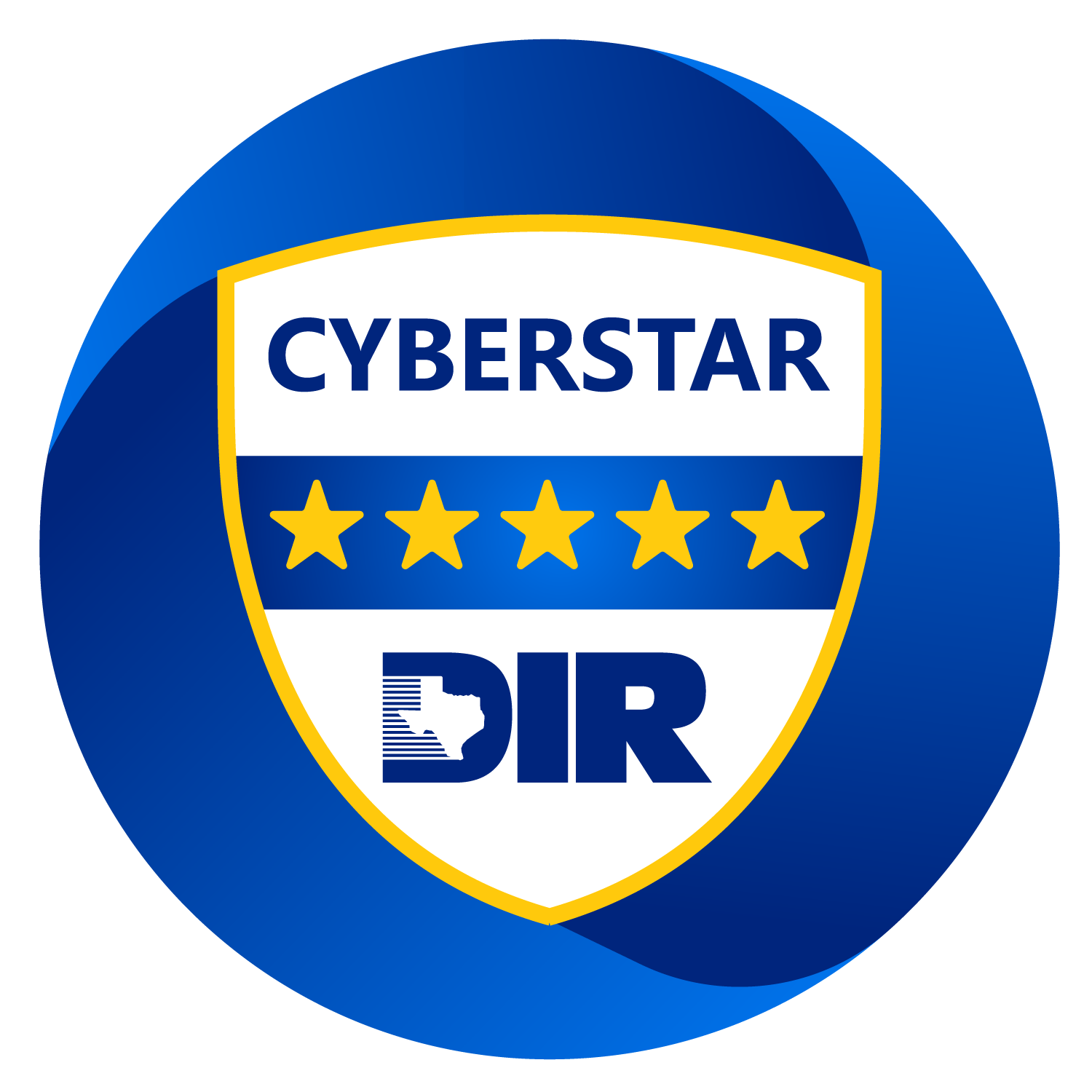When protecting your IT system, several robust cyber security countermeasures must be established to ward off cyber attacks and data breaches. However, once cyber security tools and techniques are implemented, the job isn’t finished. Cybersecurity teams must remain vigilant, looking for vulnerabilities in an IT system’s defense. Vulnerabilities are weaknesses in the network, such as weak passwords or a missed software update. The following are six common vulnerabilities every organization should address in order to enhance their cybersecurity posture.
Security Misconfigurations
A cybersecurity system is only as strong as its weakest link. Second to none, misconfigurations are the largest threat to cybersecurity. Several cloud and app security tools have to be configured manually, which means human error can easily hamper cybersecurity. With the potential for countless errors, security teams can have their hands full trying to manage and update each configuration. Many publicly reported breaches began with misconfigured S3 buckets—containers for data and metadata within Amazon S3’s cloud storage service. As an accessible entry point, S3 buckets are easy targets for cyberattacks. Organizations should consider automating the configuration process to minimize the risk of manual misconfiguration.
Unsecured APIs
Application programming interfaces (APIs) offer a digital interface that allows two or more applications or their components to speak to one another online or through a private network. Like misconfigurations, APIs are a common cybersecurity vulnerability since they are susceptible to human error. Interestingly, APIs are one of the only organizational assets with a public IP address. Leaving APIs unchecked can unintentionally invite potential cyber thieves into the network. APIs can be disarmingly deceiving; most security teams rely on standard security protocols to safeguard them, not realizing the potential for a cybersecurity breach. To that end, it never hurts to brush up on cybersecurity best practices for the cloud to stay ahead of the game.
Unpatched or Outdated Software
Software is never finished. Software engineers continually develop application updates to improve functionality and protect or patch potential cybersecurity vulnerabilities. Leaving software outdated or unpatched only increases the risk of cyber thieves exploiting those weaknesses. Software development moves at lightning speed. In some cases, many software applications may release updates daily. Like a game of whack-a-mole, cybersecurity teams may have difficulty regularly keeping up with multiple updates. Missing a single patch or even an entire update can be easy. Unfortunately, it only takes one vulnerability for a cyber breach to occur. Security teams need to create a system that will allow them to prioritize the patching and updating of software. As always, including automation in the process can minimize human error and alleviate the workload of cybersecurity teams.
Zero-day Vulnerabilities
Zero-day vulnerabilities can be a “total shock” scenario for software developers. Usually, software engineers are aware of vulnerabilities and weaknesses in their software before anyone else is. Sometimes, a threat actor is the first to discover the flaw. This type of vulnerability is called “zero-day” because the software developer was unaware of the weakness and had “zero” days to fix the problem properly. When organizations and security teams are unaware that an asset must be properly protected, it makes it extremely difficult to monitor for signs of a breach proactively. It’s like having a secret door to your house that you didn’t lock because you never knew it existed. The best way to minimize a zero-day cyberattack scenario is to have a robust, multi-layered defense with proactive cybersecurity measures, such as endpoint detection and response (EDR).
Weak Passwords
When end-users create usernames and passwords, they may unwittingly create weak passwords or reuse the same passwords for multiple logins. Cyber thieves can exploit weak usernames and passwords by attempting several combinations until they get it right. In this scenario, a cyberattack can be extremely difficult to detect because, as far as the cybersecurity team is concerned, the threat actor is legitimate. Time is on the cyber thief’s side. They can take their time pilfering data, setting up back doors for future entry, and learning all about the IT system, leveraging that knowledge for future attacks. Luckily, this is preventable. Organizations and their cybersecurity teams can conduct routine cybersecurity training for employees and establish policies that require end-users to observe strong username and password protocols. Multifactor authentication (MFA) should be part of those protocols. With multifactor authentication, end-users must provide two or more forms of authentication to gain access to the system. For instance, an interface may ask for a password as well as a one-time code or a biometric marker, such as a fingerprint, voice ID, or face ID.
Access Control
While employees need access to their organization’s IT system to perform their duties properly, not every application is relevant to their particular function within the enterprise. To that end, businesses can streamline their access controls by only granting permission to personnel who need access to do their job. Limiting access can help minimize the potential for a cyberattack. The principle of least privilege (POLP) is a cybersecurity concept that only authorizes access to users who have been verified and granted the required permissions to enter specific systems and applications. POLP is considered to be an effective practice for minimizing cybersecurity threats.
Cynergy Technology is a leading full-service technology provider specializing in cloud computing solutions and cybersecurity. With over forty-two years of experience, our team of professionals can help your organization identify vulnerabilities in your IT system and offer recommendations and cybersecurity solutions to strengthen your cybersecurity posture. Contact our team of experts today for a free consultation!








